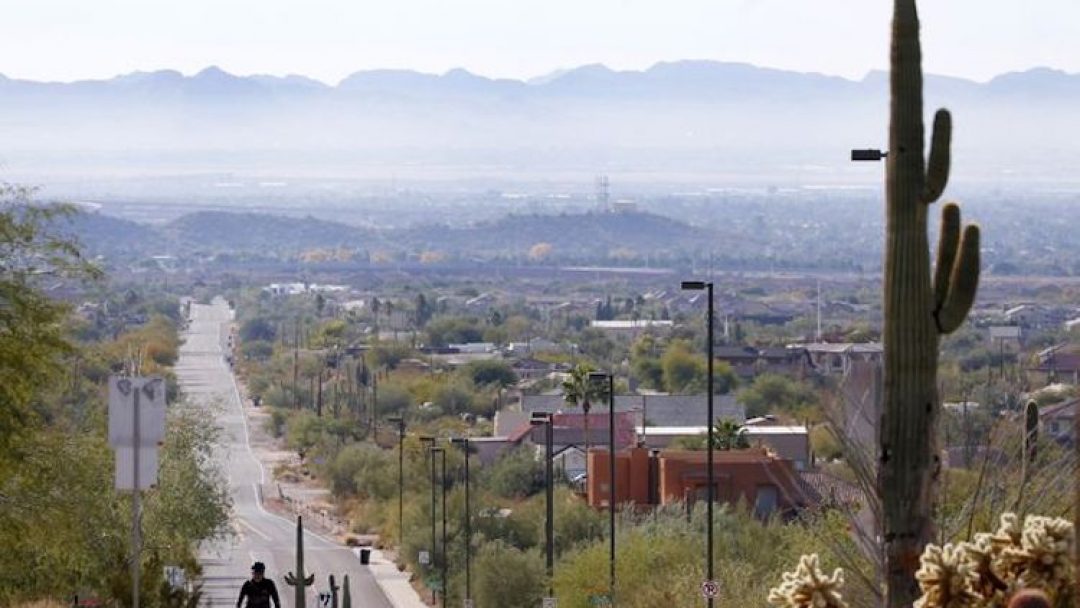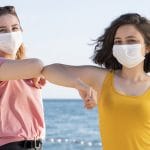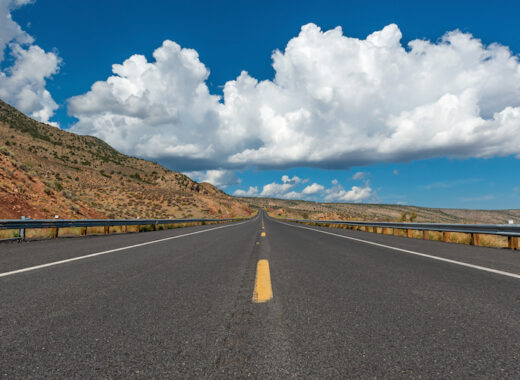The American Lung Association has released its annual “State of the Air” report, and the news for Phoenix is not great.
In a bit of a mixed bag, Phoenix saw more days with unhealthy ozone levels but fewer days with harmful levels of particulates, according to the report. The air quality issues Phoenix faces are not a surprise, especially when you consider the role heat and sunlight play in ozone production.
The ALA’s report looks at data collected during 2017, 2018, and 2019. When it comes to ozone (smog), the organization rates the air quality in Phoenix as the fifth most polluted in the entire country. That’s up from No. 7 last year.
In April 2020, when Arizona was under a stay-at-home order because of the COVID pandemic, the Arizona Department of Environmental Quality said we saw lower-than-expected ozone levels. The agency attributed that dip to a combination of a wet March and a big drop in traffic and vehicle emissions. Similar decreases in pollution were reported not just all over the country, but all over the world.
Phoenix dropped off the list of 10 worst cities for short-term particle spikes. Those short-term particle spikes “can be extremely dangerous, even lethal,” according to the ALA. At the same time, Phoenix is still among the worst cities for year-round particles.
The story is a bit different down south. According to the ALA’s report, Tucson-Nogales improved its ranking for ozone pollution compared to last year but saw more days with unhealthy short-term particles. However, when it comes to year-round particles, Tucson-Nogales saw its best annual average ever, dropping from the 49th most polluted region last year to 74th this year.
The APA says Sierra Vista-Douglas, about 3.5 hours southeast of Phoenix along Interstate 10, is one of the cleanest cities when it comes to short-term particles.
More than 40% of Americans live with unhealthy ozone and particle pollution. “…can cause premature death and other serious health effects such as asthma attacks and cardiovascular damage and are linked to developmental and reproductive harm,” the ALA says. “Particle pollution can also cause lung cancer.”
ALA spokeswoman JoAnna Strother says children, people older than 65, people of color, and people who have COPD, lung cancer, or cardiovascular disease are particularly susceptible to the dangers bad air brings. But it’s not just a limited population at risk. Air pollution affects everybody. “Healthy people can also experience shortness of breath and coughing when air pollutants are high,” Strother explained. “As people spend more time outdoors, these pollution levels put them at increased risk for breathing difficulties – more must be done to protect Arizona’s public health.”
You can help clean up our air help by driving less, adhering to “no burn” days, and investing in clean, renewable energy. To learn more about what you can do, check out Maricopa County’s clean air initiative at CleanAirMakeMore.com.








